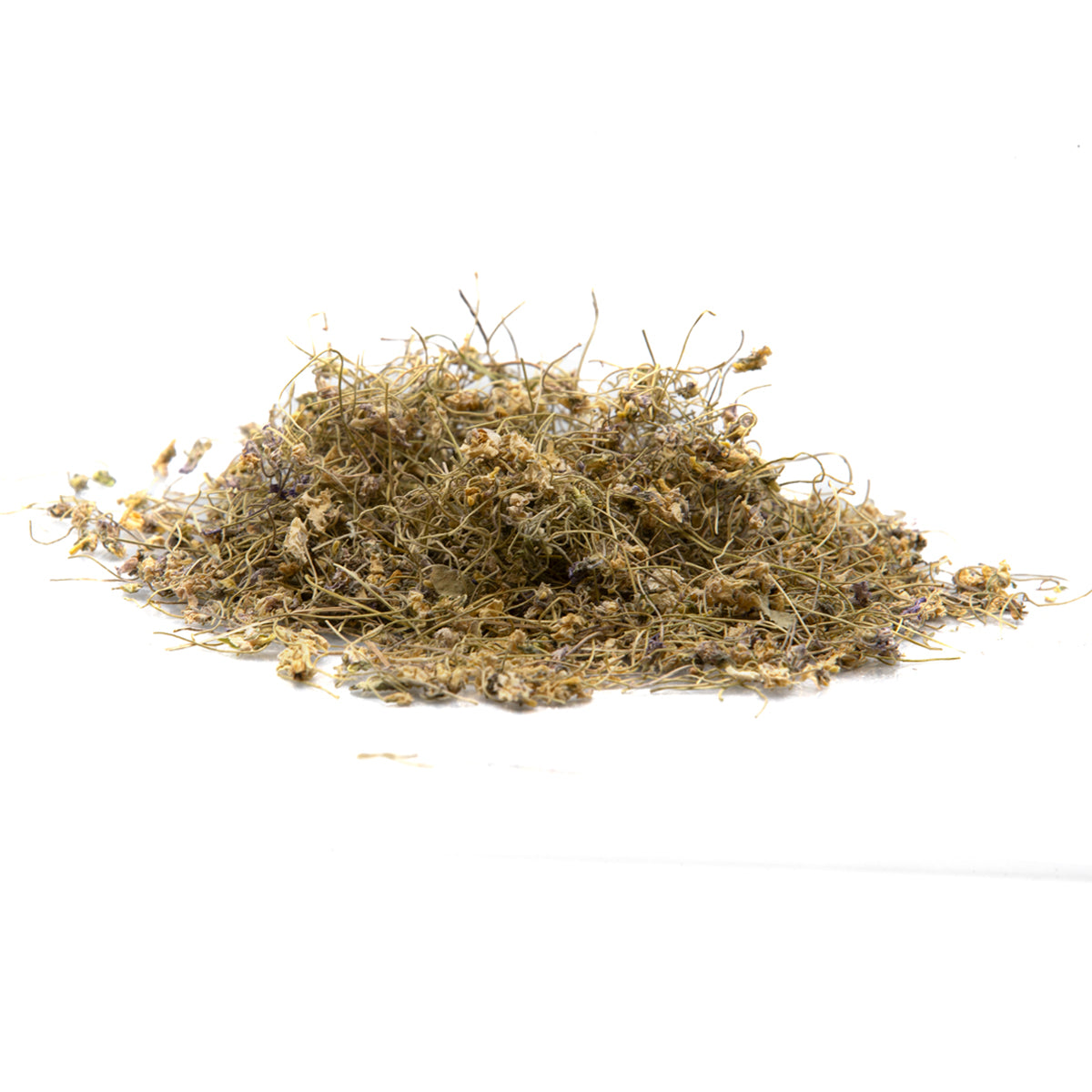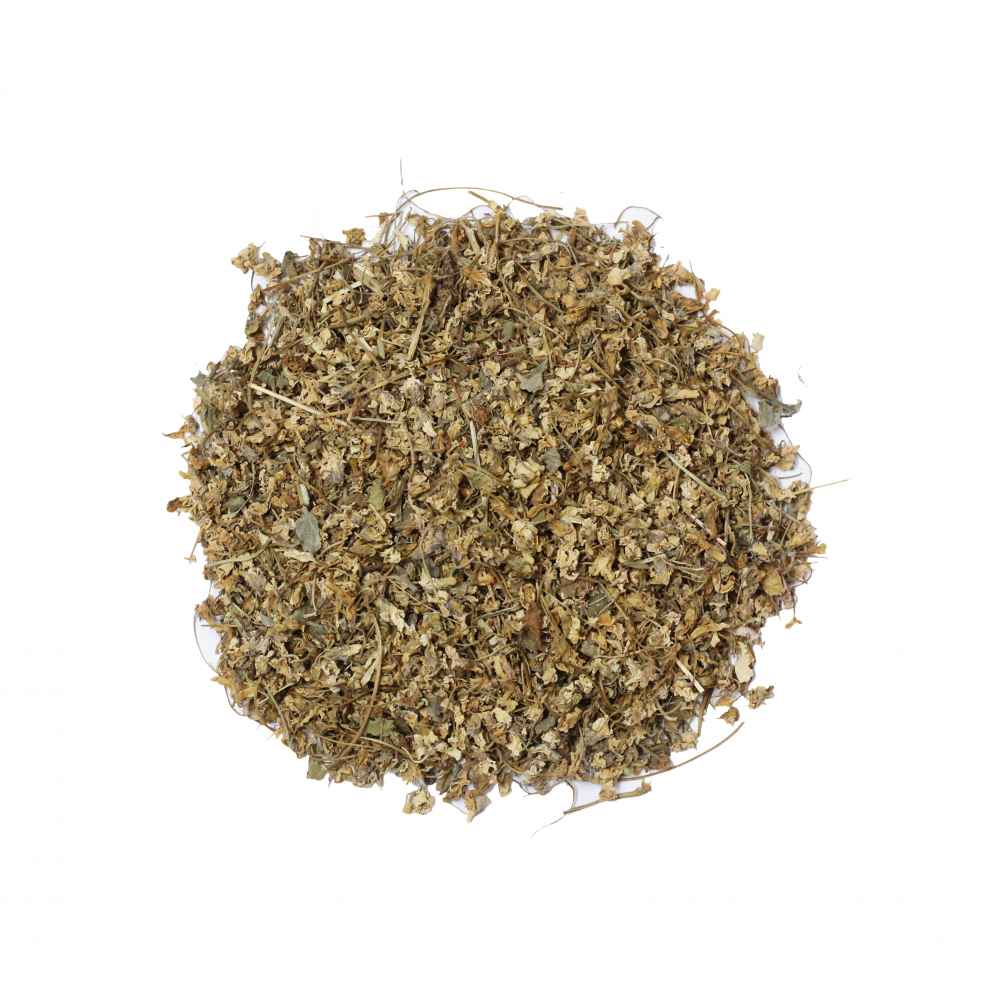Herbal Medicus
Banafsha Gul | Sweet Violet | گل بنفشہ
Banafsha Gul | Sweet Violet | گل بنفشہ
Couldn't load pickup availability
Arabic Name : Banafsaj
English Name : Sweet Violet, Sweet-Scented Violet, Garden Violet, Heartease
Hindi Name : Banaphsha
Latin name : Viola odorata Linn.
Persian Name : Banafsha
Sanskrit Name : Neelapushpa
Urdu Name : Berge Banafsha (Leaf), Gul Banafsha (Flower)
The flowers are valued as an alterative, antifungal, antiinflammatory, antiscorbutic, antiseptic, aperient, astringent, demulcent, diaphoretic, diuretic, emollient, expectorant, febrifuge and nutritive. They are useful in bilious and liver affections. They are used for catarrhal and pulmonary troubles and for calculus affections. Also used as a remedy for coughs, chest colds, catarrh, sore throat and hoarseness. It also has a strong reputation in the treatment of cancer and whooping cough. It contains salicylic acid, which is used to make aspirin. It is therefore effective in the treatment of headaches, migraine and insomnia. It cleanses toxins from the body.
The fresh leaves are a reputed drug for the treatment of cancer. The leaves have alterative, demulscent, diaphoretic and febrifuge properties. They are useful in fevers, common cold, catarrh, pleurisy, pneumonia and cough, They have been used with benefit to allay the pain in cancerous growths, especially in the throat. Though the British Pharmacopoeia does not uphold the treatment, it specifies how they are employed.
The underground stem or rhizomes (the so-called roots) are strongly emetic and purgative. They are useful in asthma, bronchitis, cold, catarrh and sinusitis.
Recommended Dosage: Leaves : 3 to 5 g powder; Flowers : 10 to 25 g powder.
Contraindication: Large amounts of leaves (many times the recommended dosage) may cause nausea and vomiting because of the irritant effects of saponins on the digestive system.
Share




